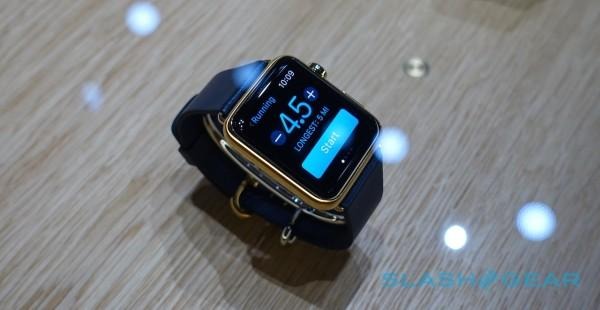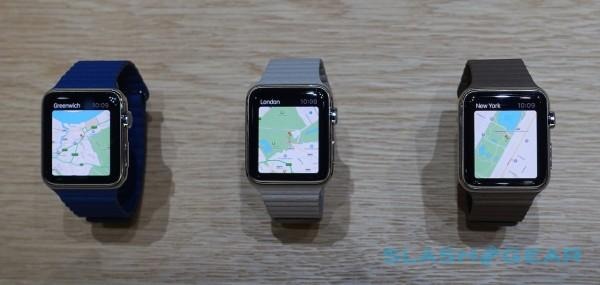Apple Watch isn't a wearable doctor, so what will it be?
We may have already seen Apple Watch, but in actual fact we've hardly seen it at all: just what will we get from having the iOS wearable on our wrists? While Apple demonstrated early prototypes of the wearable back in September 2014, complete with nowhere-near-final software, the actual direction the Apple Watch has taken is, developers and project insiders say, quite different to the original intentions. In fact, while app makers aren't short of praise already, that's not to say Apple itself has made quite the timepiece it initially set out to.
For a long time, the focus of Apple's wearable was expected to be health. The Apple Watch would predict heart-attacks, insiders suggested, as well as measure blood pressure and other metrics simply by being on your wrist, and use a bevy of ambitious sensors to take personal health tracking far beyond what existing wearables could deliver.

The final design does indeed track health and fitness but, sources speaking to the WSJ now say, not to the extent Apple initially hoped. At fault, predominantly, were the sensors themselves: confused by dry or particularly hairy skin, it's said, or giving inconsistent results depending on how tightly the watch strap itself was worn.
Even if the sensors did what they promised, like new probes capable of tracking blood pressure and blood-oxygen levels non-intrusively, they could have opened Apple up to an unwanted degree of regulator attention. Were Apple Watch deemed to be a medical device, it's pointed out, the FDA may have stepped in and demanded it go through laborious testing processes that could have slowed development significantly.
Apple, when reached, told us it Apple declined to comment on rumor or speculation.
If, indeed, the rumors are accurate however, then Apple could at least take some comfort in the fact that it isn't the only company to face issues with next-gen wearables. Jawbone's UP3, for instance, intended to sweep the holiday 2014 sales with its ambitious bioimpedence sensor, capable of being turned to everything from measuring hydration levels, through galvanic response, to respiratory rate.
Those plans were scuppered, however, when Jawbone faced unexpectedly tricky "fine tuning" and was forced to push the launch back into 2015.
So what, then, will Apple Watch v.1 actually do? Fast Company spoke to a number of third-party developers already using the WatchKit development platform, finding them tentatively enthusiastic even at this early stage.

For instance, the potential of the "Digital Crown" – the 21st-century update to the physical dial on the side – is considerable, Todoist developer Amir Salihefendic points out, allowing for more precise control over to-do lists than in the company's Android Wear version.
On the flip-side, however, the clever "Force Touch" touchscreen technology – which can differentiate between a tap and a push using pressure-sensing – is currently out-of-bounds for third-party apps, as is the "Taptic" haptic feedback.
Apple's strategy of getting WatchKit out into the wild well in advance of the Apple Watch's own launch in a couple of months time certainly makes sense: having a well-stocked App Store full of wrist-happy software will do plenty to put its actual benefits into context. Until we actually hear exactly what coders have been up to, and how the core features of the timepiece itself operate, however, April still promises some surprises.
SOURCE Fast Company; WSJ
